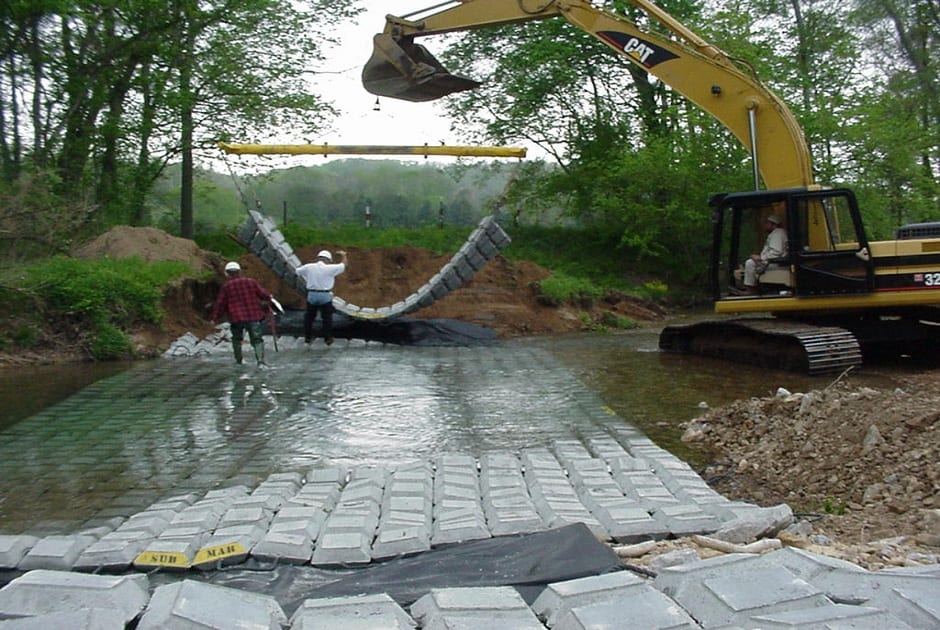As the industry leader in pipeline exposure remediation, Submar knows a lot about workplace safety. As the temperatures begin to cool and winter months approach, it’s imperative that people plan for ways to stay safe. Below, Submar has provided some tips on how to prevent injuries on the job site of your next pipeline erosion project.
Problems Associated With Winter Weather
If you are not familiar with winter weather and find yourself at a job site where it is prevalent, you may be taken aback by how severe it can be. Winter weather can create numerous hazards that can cause injuries and potentially endanger lives. Examples include:
• Slippery roads and surfaces
• Below freezing temperatures
• Strong winds
Prevent Slipping
When it snows, or when there is ice, workers are more prone to slipping, falling, and tripping. Employers must make it a point to clear all snow and ice from walking surfaces quickly, reducing the chance of an accident. When it’s not possible to clear sidewalks quickly enough, it’s important to recommend the use of proper footwear that has both good insulation and traction. How we walk on slippery surfaces is important as well. Safety experts recommend slow, choppy steps and to use a gait that is slower than usual to allow time to react more quickly to a sudden loss of balance.
Clearing Snow and Ice from Equipment and Buildings
If a storm passes through your work site, you’ll likely find snow and ice on elevated surfaces. If employees are required to go on top of equipment or buildings to clear snow, employers should ensure that they are using proper fall protection. Because traction is not as good as usual, fall protection is essential. Employees should also be careful when working near power lines.
Driving While on Ice
If workers have to drive on ice, employers should instruct them to drive slower than normal and avoid braking. Black ice is often a severe problem and is invisible on asphalt surfaces, hence its name. A driver going too fast on an icy surface will lose traction and control of the vehicle instantly. Use plenty of space between vehicles and attempt to slow by downshifting where possible. Continuously looking for escape routes on busy roads is also an important way to avoid collisions. According to the United States Department of Labor, approximately 6,000 people die each year from weather-related crashes. Nearly a half-million people are injured in such accidents. Employees should also not drive in severe snow and ice conditions unless absolutely necessary. For more tips on workplace safety, look to the organizations Submar looks to when you visit our SAFETY page: https://submar.com/safety/


